- Have any questions?
- +86-189 8930 5995
- sales@mosinterchem.com.cn
Zinc acetate CAS 557-34-6

Barium carbonate CAS 513-77-9
17/12/2018
O-Cresolphthalein CAS 596-27-0
17/12/2018| Model: | MOS 557-34-6 |
| Brand Name: | MOSINTER |
| CAS No.: | 557-34-6 |
| Appearance: | White crystals |
| Sulfate (SO4) %≤: | 0.01 |
| Purity %≥: | 98.0 |
| Chloride (Cl) %≤: | 0.002 |
| Potassium (K): | 0.02 |
| Iron (Fe) %≤: | 0.001 |
| Water insoluble: | 0.005 |
| Arsenic (As) %≤: | 0.00005 |
| Lead (Pb) %≤: | 0.01 |
| Clarity test / No. ≤: | 6 |
Zinc acetate (CAS: 557-34-6)
| Item | Index |
| Appearance | White crystals |
| Purity %≥ | 98.0 |
| Sulfate (SO4) %≤ | 0.01 |
| Chloride (Cl) %≤ | 0.002 |
| Potassium (K) | 0.02 |
| Water insoluble | 0.005 |
| Iron (Fe) %≤ | 0.001 |
| Arsenic (As) %≤ | 0.00005 |
| Lead (Pb) %≤ | 0.01 |
| Clarity test / No. ≤ | 6 |
| Calcium (Ca) | 0.01 |
| Sodium (Na) | 0.05 |
| Magnesium (Mg) | 0.01 |
Zinc acetate (CAS: 557-34-6)Zinc acetate is a salt with the formula Zn(O2CCH3)2, which
commonly occurs as the dihydrate Zn(O2CCH3)2(H2O)2. Both the hydrate and the anhydrousforms
are colorless solids that are commonly used in chemical synthesis and as dietary supplements. Zinc
acetates are prepared by the action ofacetic acid on zinc carbonate or zinc metal. When used as a food
additive, it has the E number E650.
Basic properties and structures
The acetate group is capable of binding to metal ions in a variety of ways through its two oxygen atoms,
and several connectivities are observed for the various hydrates of zinc acetate. Anhydrous zinc acetate
adopts a polymeric structure consisting of zinc coordinated to four oxygen atoms in a tetrahedral environment,
each tetrahedron being connected to neighbors by the acetate groups. The acetate ligands are not bidentate.
In contrast, most metal diacetates feature metals in octahedral coordination with bidentate acetate groups.
In zinc acetate dihydrate the zinc is octahedral, wherein both acetate groups are bidentate.
Basic zinc acetate
Heating Zn(CH3CO2)2 in a vacuum results in a loss of acetic anhydride, leaving a residue of basic zinc acetate,
with the formula Zn4O(CH3CO2)6. Thiscluster compound has the tetrahedral structure shown below. This species
closely resembles the corresponding beryllium compound, although it is slightly expanded with Zn-O
distances ~1.97 vs ~1.63 Å for Be4O(OAc)6.
Applications
Dietary and medicinal applications
Zinc acetate has been used in lozenges for treating the common cold. Pooling the results of three high dose zinc
acetate trials indicates an average 42% reduction in the duration of colds (see figure).
Zinc acetate is a particularly useful salt in lozenges since acetate does not bind zinc, with the result that essentially
all zinc from the lozenges is freely released.
Although zinc acetate lozenges appear to be able to shorten the duration of colds, some zinc lozenges may be more
effective than others. Among the factors affecting the usefulness of a zinc lozenge are the total dose of zinc provided
as well as the presence of substances like citric acid which may bind up much of the zinc that the lozenge is providing.
Zinc acetate can also be used to treat zinc deficiencies. As an oral daily supplement it is used to inhibit the body’s
absorption of copper as part of the treatment for Wilson’s disease. Zinc acetate is also sold as an astringent in the
form of an ointment, a topical lotion, or combined with an antibiotic such as erythromycin for the topical
treatment of acne. It is commonly sold as a topical anti-itch ointment.
In chewing gum, zinc acetate is a breath freshener and plaque inhibitor.
Industrial applications
Industrial applications include wood preservation, manufacturing other zinc salts, polymers, manufacture of ethylene
acetate, as a dye mordant, and analytical reagent. It is used in commercial nuclear power plants as a plating inhibitor
on primary water piping.
Zinc acetate is a precursor via a sol-gel route to the transparent semiconductor zinc oxide.
You must be logged in to post a review.

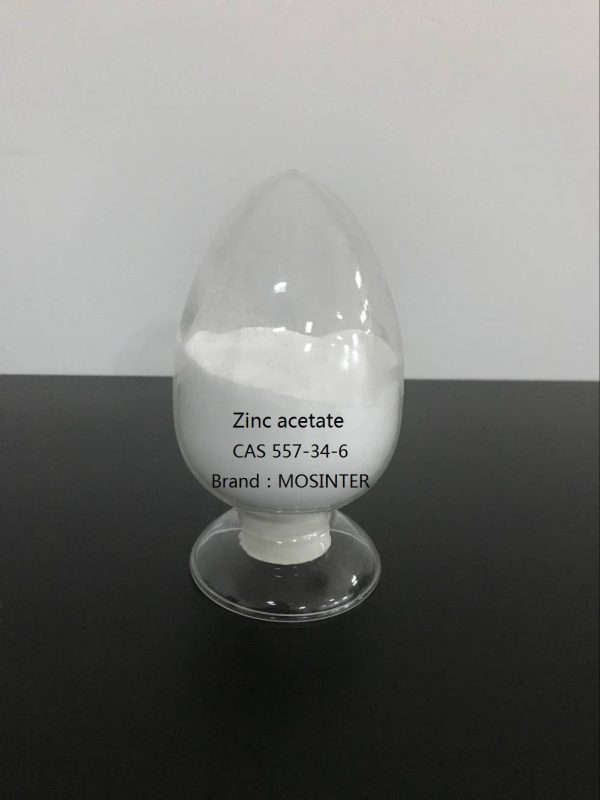
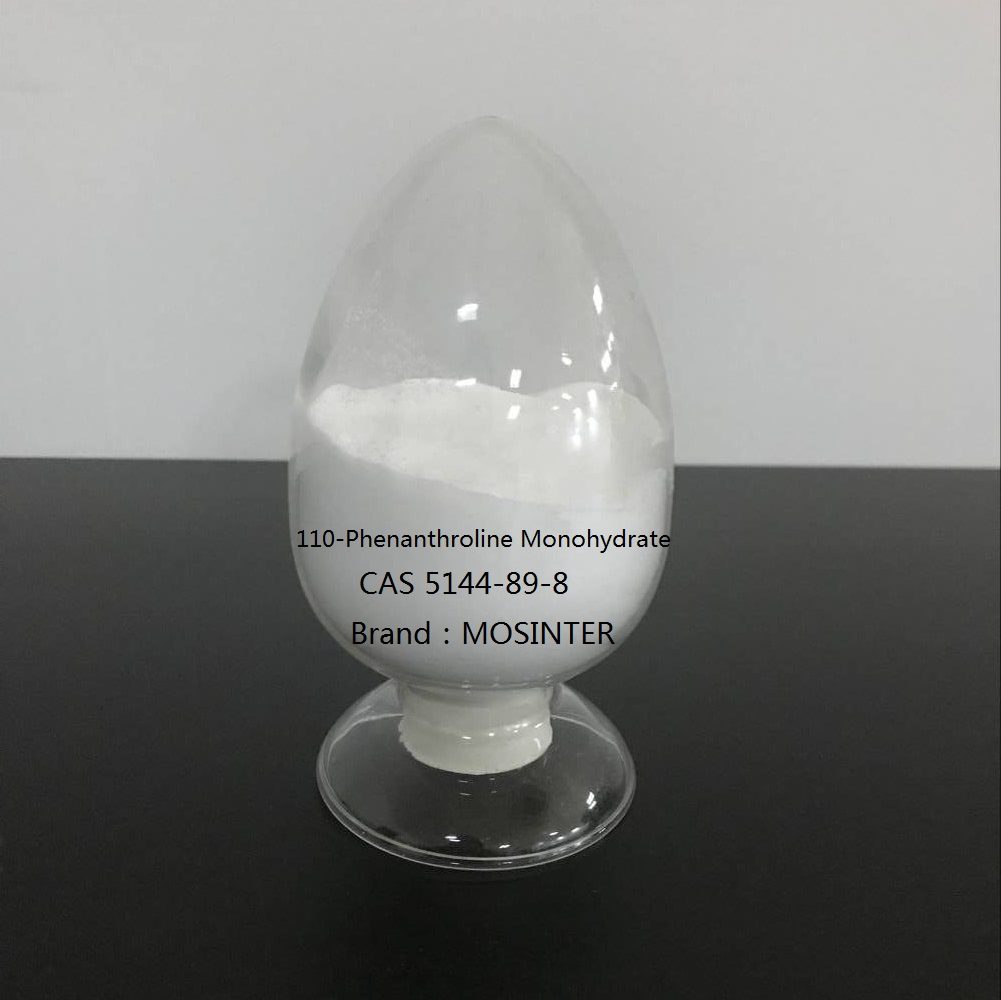
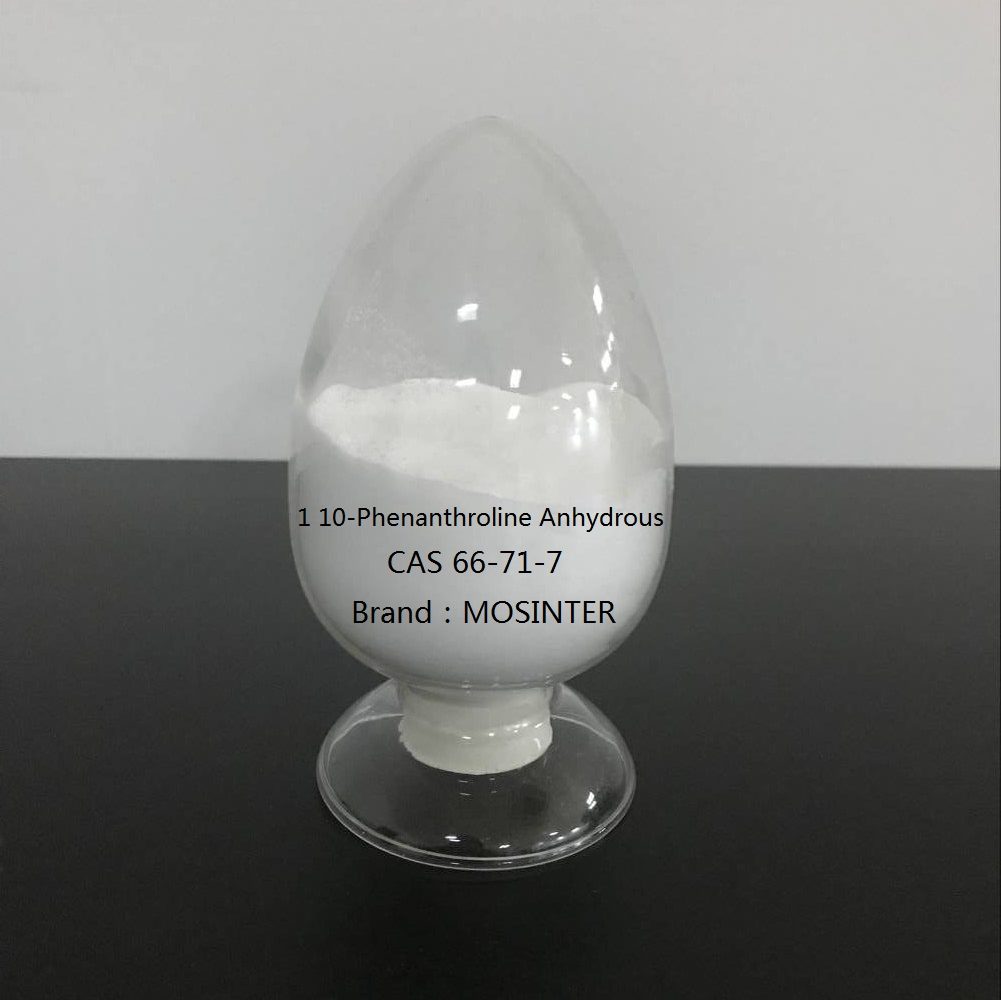
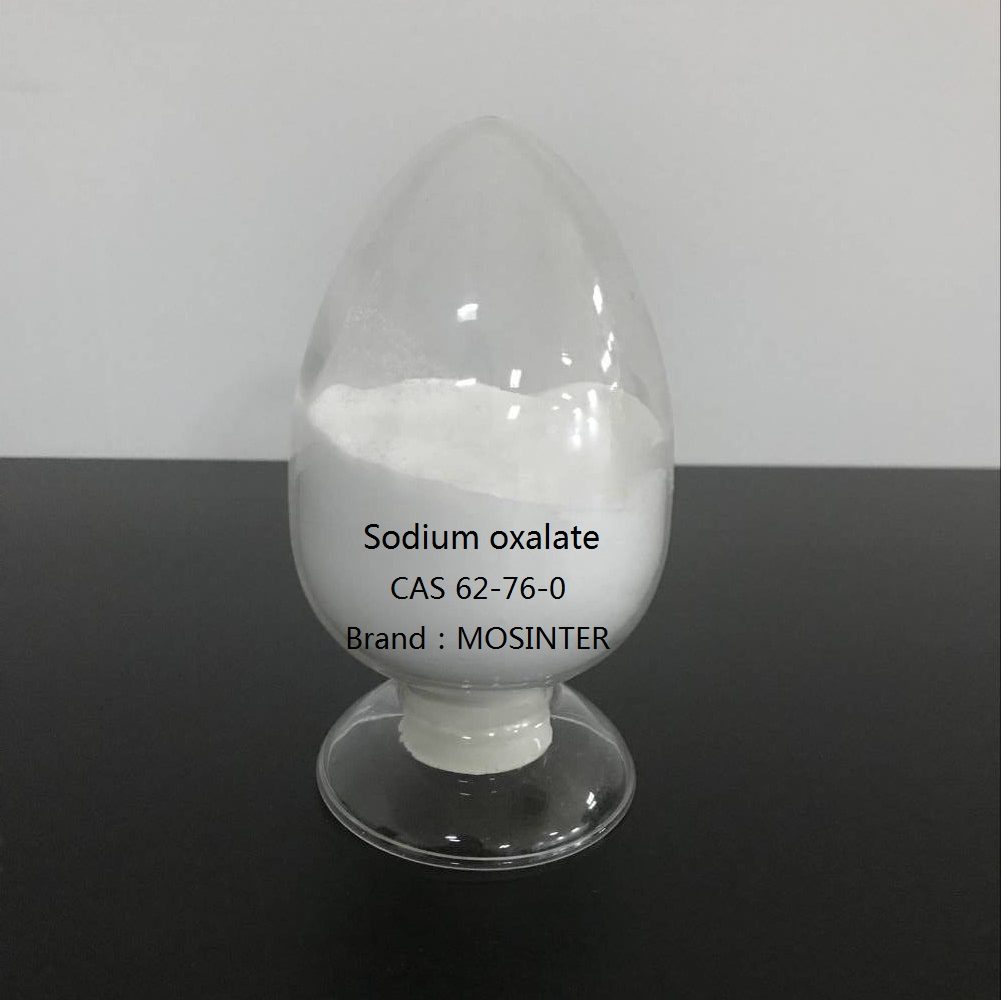
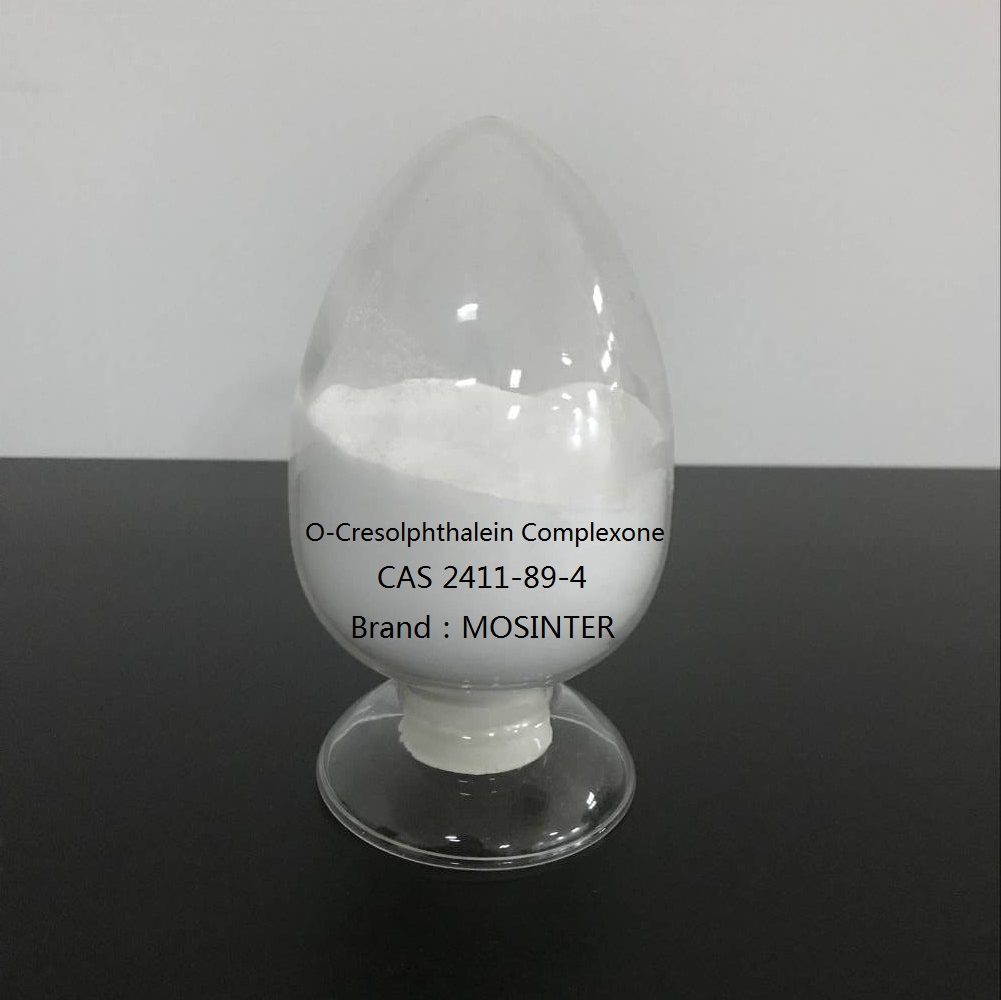
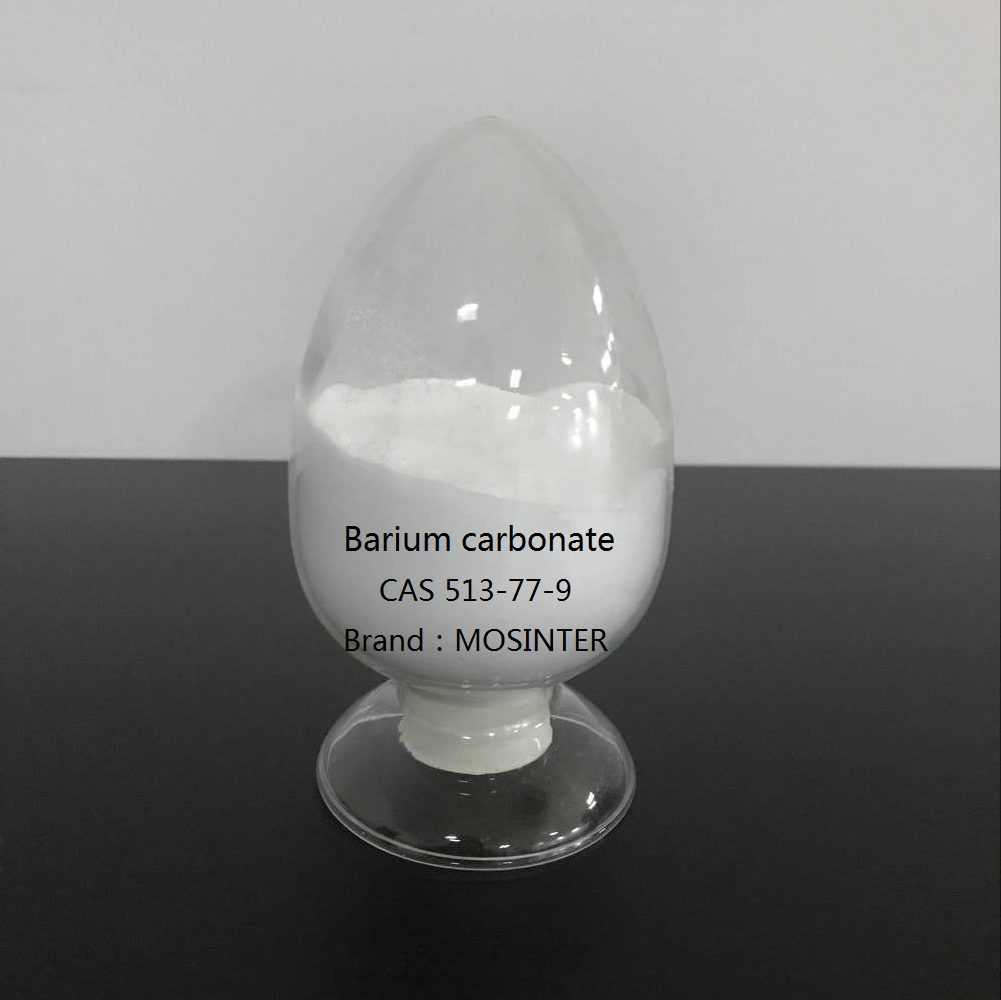
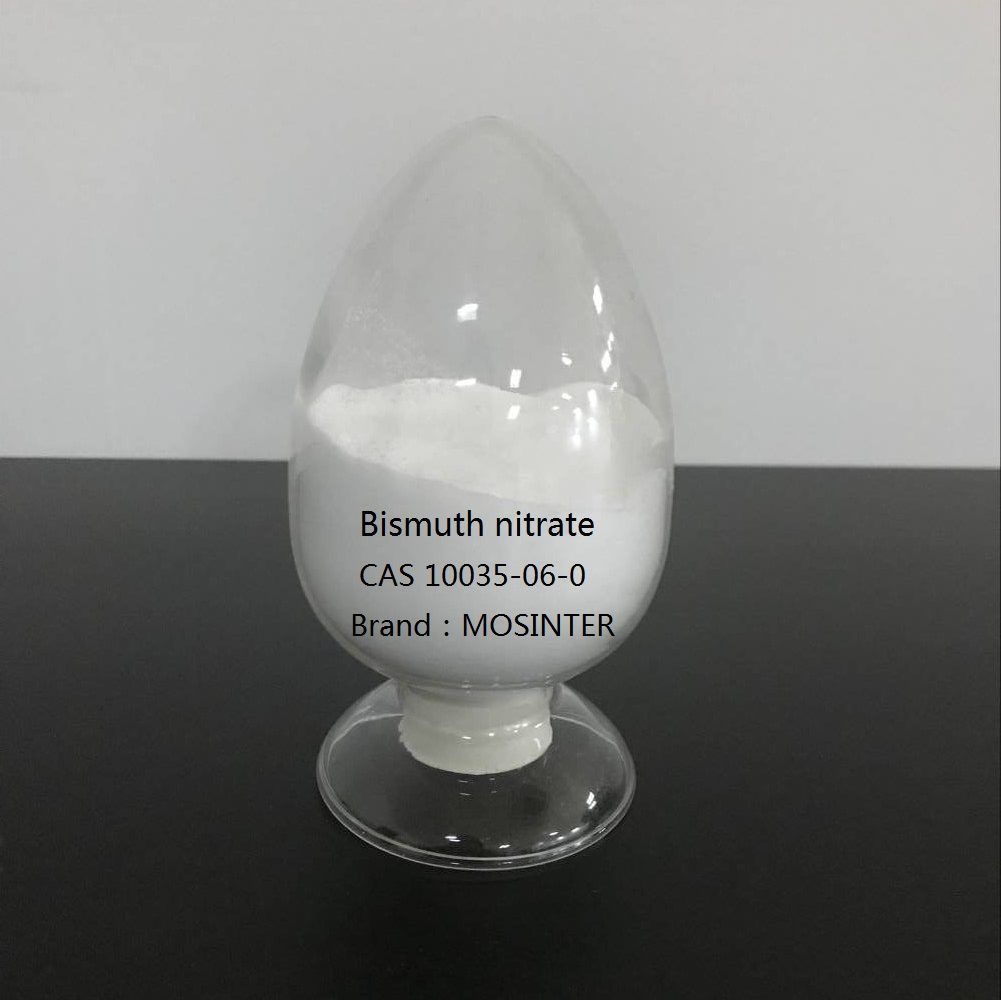
Reviews
There are no reviews yet.